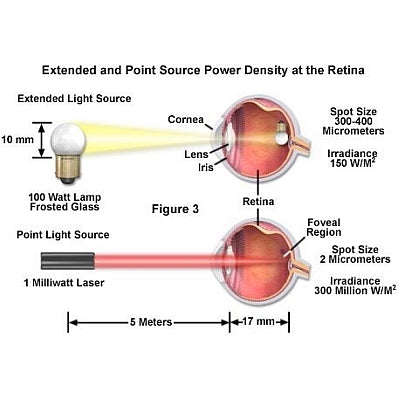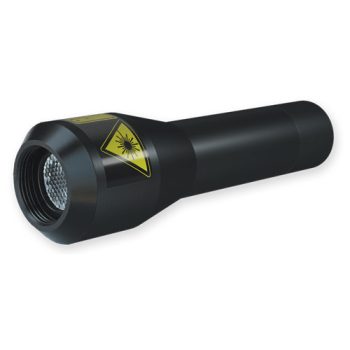Top Advice To Selecting A Safe Laser Device
Wiki Article
What Is Low-Level Safe Laser Therapy (Lllt), Help With Dental Issues?
Safe Laser low-level laser therapy (LLLT) is a solution to various dental problems through several mechanisms: Reduced Inflammation LLLT can reduce inflammation by reducing the release of proinflammatory chemicals and stimulating the creation of anti-inflammatory mediators. LLLT is efficient in treating dental issues such as periodontitis or gingivitis. It reduces the inflammation of gums and improve the health of gums.
LLLT helps to promote tissue healing by stimulating cellular metabolism, which accelerates tissue regeneration and repair. LLLT is beneficial for dental procedures like periodontal surgery and oral surgery. It may help enhance wound healing, lessen discomfort after the procedure, and accelerate the process of tissue regeneration.
Pain Relief LLLT helps to reduce post-operative pain, sensitivity, and discomfort.
Disinfection LLLT is antimicrobial and can help reduce bacterial burden in the mouth cavity. It is an adjunctive treatment for oral infections, such as oral ulcer or peri-implantitis.
Treatment for Temporomandibular (TMJ) disordersLLLT can help reduce the muscle strain and inflammation within the temporomandibular (TMJ) that may help alleviate symptoms like jaw pain, clicking or popping noises, and restricted jaw movement due to TMJ disorder.
Reduction of Oral Mucositis- LLLT has been proven to reduce the extent of oral mucositis a common side effect of chemotherapy as well as radiation therapy in cancer patients. It may ease pain and accelerate healing of oral mucosal lesions.
The growth of healthy gingival tumors Growth of Healthy Gingival Tumors LLLT has been shown to encourage healthy growth of gingival tissue by stimulating gingival-specific fibrocytes. This is beneficial for treating gingival decay as well as for promoting the attachments of gingival to dental implants.
Overall, Safe Laser low-level laser therapy provides a non-invasive and drug-free approach to treat a variety of dental issues that promotes quicker healing, pain relief and better oral health outcomes. But, LLLT should only be employed after consulting with a qualified dentist to ensure the correct diagnosis and appropriate treatment. Check out the recommended
safe laser bérlés for blog tips including orvosi lézer készülékek, lágylézer bérlés, lágy lézer kezelés, lágylézer készülék, lezer kezeles, lágylézer hatása, lágylézer árak, safe laser kezelés budapest, laser kezelés, lágylézer kezelés árak and more.

How Does Safe Laser Help In The Treatment Of Ear, Throat, And Nose Problems?
Low-level laser therapy (LLLT) can help with numerous ear, nose and throat (ENT) issues through a variety of methods: Reduced Inflammation LLLT has anti-inflammatory properties that can reduce inflammation of the tissues that line the ear, nose and throat. This can be beneficial to sinusitis and rhinitis.
Pain Relief LLLT alters the perception of pain by affecting nerve conduction and decreasing the release of pain mediators such as substance P. In ENT conditions, LLLT can help alleviate discomfort caused by an earache, sore throat or pressure in the sinus.
Improved Healing of Tissues- LLLT can speed up the process of tissue repair and regeneration by stimulating cellular growth and metabolic. LLLT can aid in promoting faster healing for ENT conditions, such as Otitis media (middle ear infections) or pharyngitis.
Improved Blood Circulation- LLLT enhances microcirculation and vasodilation which results in increased flow of blood to the affected region. Increased blood flow could aid in healing and reduce inflammation through increasing oxygen and nutrients.
Antimicrobial Effects - LLLT has been found to possess antimicrobial properties which can help reduce bacterial or viral load in the nasal or throat passages. This can be beneficial in treating tonsillitis and sinusitis.
Relieves symptoms of allergic reactions - LLLT reduces inflammation in the sinuses and nasal passages, which can alleviate allergic rhinitis symptoms. This can reduce the nasal congestion, itching and the sneezing.
Tinnitus treatmentTinnitus management LLLT treatment has been studied as a potential remedy for Tinnitus. Tinnitus can be characterized as ringing, buzzing or humming in the ear. While the precise mechanism is not understood, LLLT can help improve blood flow and reduce swelling of the auditory organ, leading to a reduction of the tinnitus.
It is safe Laser low-level laser therapy is a non-drug treatment that is non-invasive and does not cause any harm. ear, nose and throat ailments. It offers relief and accelerates healing. It is best to speak with an ENT specialist before using LLLT for ENT conditions. This will ensure that you are given the correct diagnosis and receive treatment recommendations. See the recommended safe laser bérlés for blog examples including lágylézer készülék, safe laser készülék, lágy lézer kezelés, lágylézer kezelés, lágylézer készülékek, laser hu, lágylézer ár, lágylézer készülékek, lágylézer kezelés, safe laser készülék and more.

How Long Will It Take Before A Secure Laser Device Is Effective In Dental And Oral Conditions
The efficacy of Safe Laser low-level laser therapy (LLLT) for dental and oral issues can differ dependent on factors like the particular condition being treated, the severity of the problem, the individual's general oral health, and their response to treatment. LLLT treatment sessions usually occur over a predetermined time period to achieve optimal results.
The severity and type of dental issue can impact the number of LLLT treatment sessions that are required. According to the type of condition, LLLT may be required in different ways.
Individual Reactions to Treatment Personal factors such as overall oral and dental health immunity as well as healing capacity and other aspects can affect the way a patient responds to LLLT. Some people respond more quickly to treatment and see a quicker improvement of symptoms. Other individuals may require a more prolonged therapy.
Treatment Protocol - A dentist's treatment protocols will decide the frequency and amount of LLLT sessions needed for treating oral and dental issues. Healthcare professionals can customize treatment plans to meet the needs of each patient, including scheduling LLLT sessions at intervals or several times a week.
Acute Conditions and. Chronic Conditions Acute conditions- The distinction between chronic and acute condition can also affect the number LLLT sessions that are needed. For acute conditions, like oral ulcers or post-operative pain may require less sessions to achieve relief. Chronic ailments, such as TMJ issues or periodontitis could require a longer period of treatment.
Certain individuals may notice significant improvements in dental hygiene and health after just a few LLLT therapy sessions. However, for others, it may take longer to achieve the best outcomes. To maximize the benefits of LLLT therapy, it is crucial to follow the directions provided by your dentist and attend scheduled sessions. Communication with your dental provider and continuous surveillance of your oral health are important for ensuring appropriate management.